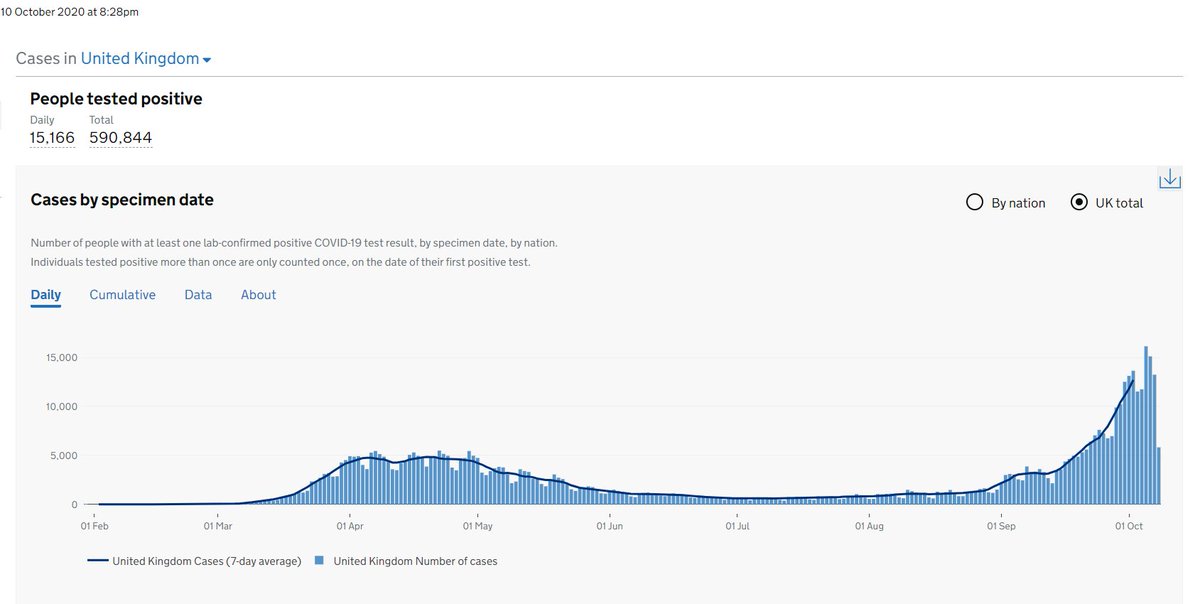
I tweeted last week the link to @ECDC_EU evidence review of EU & international evidence on: COVID-19 in children and the role of school settings in transmission. Just finished reading it in full & it's balanced & comprehensive. (1) ecdc.europa.eu/en/publication…
Reiterates finding that children are very unlikely to have severe illness with COVID19 infection. (2) 

Shedding of viral RNA thru upper respiratory tract may be of shorter duration in children than in adults. Associated with age, although doesn't appear to be significant difference in levels of viral RNA detected in nasopharyngeal swabs between the two. (3)
We know systematic reviews estimate asymptomatic infection levels in adults ~20%. In children, fewer studies, report ~14.9-18%. Also household attack rates are higher from symptomatic cases than asymptomatic cases (i.e. if you've got symptoms you're more likely to infect!) (4)
Children, esp <14y, appear to be less susceptible to SARSCoV2 which would thus lead to lower prevalence among children and fewer opportunities for onward transmission. Pooled OR of children (<20y) being an infected contact 0.56 compared with adults. (5)
Possibility that child cases are underreported. That said, one study of schools found no significant difference in prevalence among primary school students, lower secondary school students and teachers. However, higher prevalence in those from poorer backgrounds (OR 3.58).(6)
Most school-related clusters were in secondary school settings. But, not proof of transmission in school setting as can be a consequence of community spread & multiple children bringing the infection from the community to the school. (7)
Schools comprise minority of settings for transmission. Strong association with community transmission. Risk of outbreak in school 🔼72% when community incidence 🔼by 5 per 100k. Most outbreak cases linked to staff >> staff-to-student > student-to-staff > student-to-student. (8)
WHO finds that staff-to-staff transmission was the most common and that in school outbreaks the virus is most likely introduced by adult personnel.(9)
Data from occupational registries in Sweden found teachers not at increased risk of infection compared to other occupational groups.(This is similar to ONS reported findings for UK). (10)
Investigations in Germany, France, Ireland, Australia, Singapore and US found no or very low secondary attack rates within school settings. (I think this shows public health measures work!) (11)
Evidence that physical distancing (cohorts, smaller groups, class room distancing) to prevent crowding, esp in older age groups, +safety & hygiene measures (handwashing, respiratory etiquette, cleaning, ventilation, face masks) support transmission-free school environment.(12)
On testing ECDC advise use for SYMPTOMATIC cases as part of active surveillance, contact tracing & early detection. Possibly for screening staff or students in high prevalence settings eg school outbreak. (13)
Important section on impact on children of school closures: interruption of learning, exacerbate disparities, mental health issues, domestic violence, abuse & neglect, food insecurity, worse for children from vulnerable & marginalised groups. (14)
Children with disabilities especially affected - more isolated than others & support services they need may be closed. Also impact on parents/carers, with greater stress, impact on their job security, own mental health, and ultimately safety and security of their children. (15)
Dutch modelling suggest school closure reduces Re by 8% for 10-20yo, 5% for 5-10 yo, & negligible amount for 0-5 yo ie biggest impact on community transmission achieved by reducing contacts in secondary schools, not just on child mixing but curtailing parents social mixing. (16)
• • •
Missing some Tweet in this thread? You can try to
force a refresh






